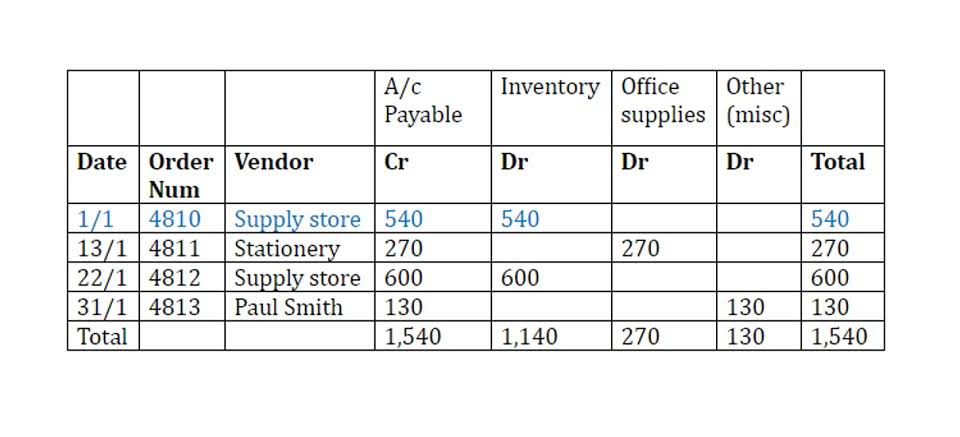
This allocation does not impact the overall size of the company’s balance sheet, but it does decrease the value of stocks per share. On the other hand, though stock dividends do not lead to a cash outflow, the stock payment transfers part of the retained earnings to common stock. For instance, if a company pays one share as a dividend for each share held by the investors, the price per share will reduce to half because the number of shares will essentially double. Because the company has not created any real value simply by announcing a stock dividend, the per-share market price is adjusted according to the proportion of the stock dividend.

That is, each shareholder now holds an additional number of shares of the company. Both cash and stock dividends lead to a decrease in the retained earnings of the company. Say, if the company had a total of 100,000 outstanding shares prior to the stock dividend, it now has 110,000 (100,000 + 0.10×100,000) outstanding shares. So, if you as an investor had a 0.2% (200/100,000) stake in the company prior to the stock dividend, you still own a 0.2% stake (220/110,000). Thus, if the company had a market value of $2 million before the stock dividend declaration, it’s market value still is $2 million after the stock dividend is declared. This is because due to the increase in the number of shares, dilution of the shareholding takes place, which reduces the book value per share.
Stock Dividend Example
Finally, provide the year for which such a statement is being prepared in the third line (For the Year Ended 2019 in this case). Retained earnings can be used to pay off existing outstanding debts or loans that your business owes. If a business is small or in the early stages of growth, you might think that using retained earnings in this way makes complete sense. Below is the balance sheet for Bank of America Corporation (BAC) for the fiscal year ending in 2020. My Accounting Course is a world-class educational resource developed by experts to simplify accounting, finance, & investment analysis topics, so students and professionals can learn and propel their careers.
All of the other options retain the earnings for use within the business, and such investments and funding activities constitute retained earnings. It generally limits the use of the prior period adjustment to the correction of errors that occurred in earlier years. A fourth reason for appropriating RE arises when management wishes to disclose voluntary dividend restrictions that have been created to assist the accomplishment of specific organizational goals. While the intent of the appropriation requirement is to maintain the debtor’s solvency, it does not work nearly as well as the more specific restrictions. This action merely results in disclosing that a portion of the stockholders’ claims will temporarily not be satisfied by a dividend. The last two are related to management decisions, wherein it is decided how much to distribute in the form of a dividend and how much to retain.
BUS103: Introduction to Financial Accounting
The schedule uses a corkscrew type calculation, where the current period opening balance is equal to the prior period closing balance. In between the opening and closing balances, the current period net income/loss is added and any dividends are deducted. Retained earnings represent a useful link between the income statement and the balance sheet, as they are recorded under shareholders’ equity, which connects the two statements. The purpose of retaining these earnings can be varied and includes buying new equipment and machines, spending on research and development, or other activities that could potentially generate growth for the company. This reinvestment into the company aims to achieve even more earnings in the future.
They must liquidate anything and everything that they can, including these earnings. Yes, retained earnings carry over to the next year if they have not been used up by the company from paying down debt or investing back in the company. Beginning retained earnings are then included on the balance sheet for the following year.
Stockholders’ equity
Conversely, a new one may have negative retained earnings, since it has incurred losses while building up a customer base. As an investor, you would be keen to know more about the retained earnings figure. For instance, you would be interested to know the returns company has been able to generate from the retained earnings and if reinvesting profits are attractive over other investment opportunities. Likewise, both the management as well as the stockholders would want to utilize surplus net income towards the payment of high-interest debt over dividend payout.
- Shiny Metals Inc must restrict 15 percent of their retained earnings until they pay off the large bank loan.
- The ending retained earnings balance is the amount posted to the retained earnings on the current year’s balance sheet.
- The figure is calculated at the end of each accounting period (monthly/quarterly/annually).
- The beginning period retained earnings are thus the retained earnings of the previous year.
- As the formula suggests, retained earnings are dependent on the corresponding figure of the previous term.
- Some of the information that external stakeholders are interested in is the net income that is distributed as dividends to investors.
If the company paid dividends to investors in the current year, then the amount of dividends paid should be deducted from the total obtained from adding the starting retained earnings balance and net income. If the company did not pay out any dividends, the value should be indicated as $0. Let us assume that the company paid out $30,000 in dividends out of the net income. Retained earnings are the portion of a company’s cumulative profit that is held or retained and saved for future use.
Where is retained earnings on a balance sheet?
You can either distribute surplus income as dividends or reinvest the same as retained earnings. In this guide we’ll walk you through the financial statements every small business owner should understand and explain the accounting formulas you should know. Knowing and understanding the retained earnings figure can help with business growth.
On the other hand, when a company generates surplus income, a portion of the long-term shareholders may expect some regular income in the form of dividends as a reward for putting their money in the company. Traders who look for short-term gains may also prefer dividend payments that offer instant gains. Profits give a lot of room to the business owner(s) or the company management to use the surplus money earned. This profit is often paid out to shareholders, but it can also be reinvested back into the company for growth purposes.
The board of directors decide to restrict half of the company’s retained earnings. They wish to use the funds as a down payment on the purchase of a second warehouse. Although this will result in reduced shareholder dividends, the retained earnings restriction board believes its shareholders will understand and support improvements to the production cycle via its expansionary strategy. In financial modeling, it’s necessary to have a separate schedule for modeling retained earnings.

